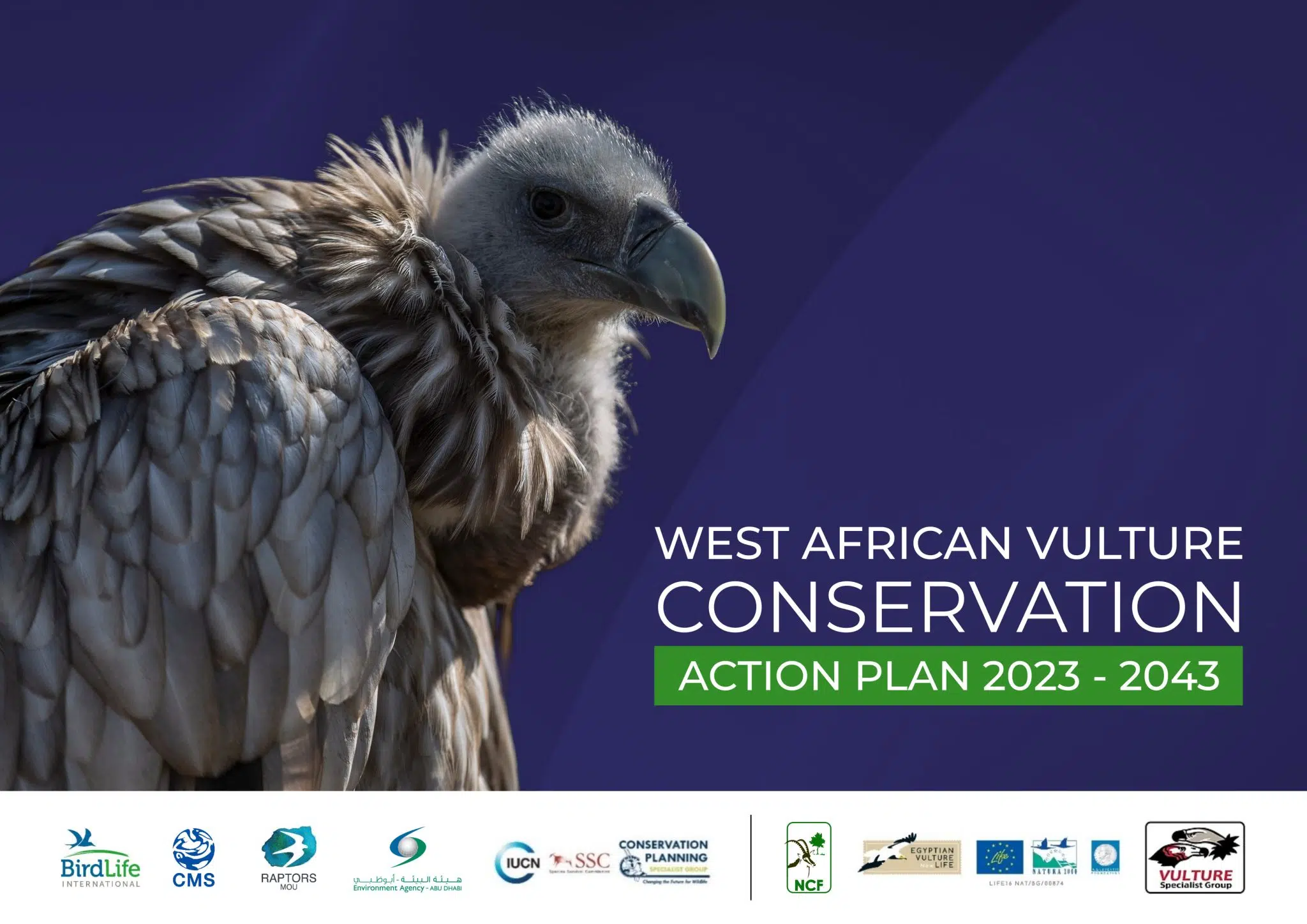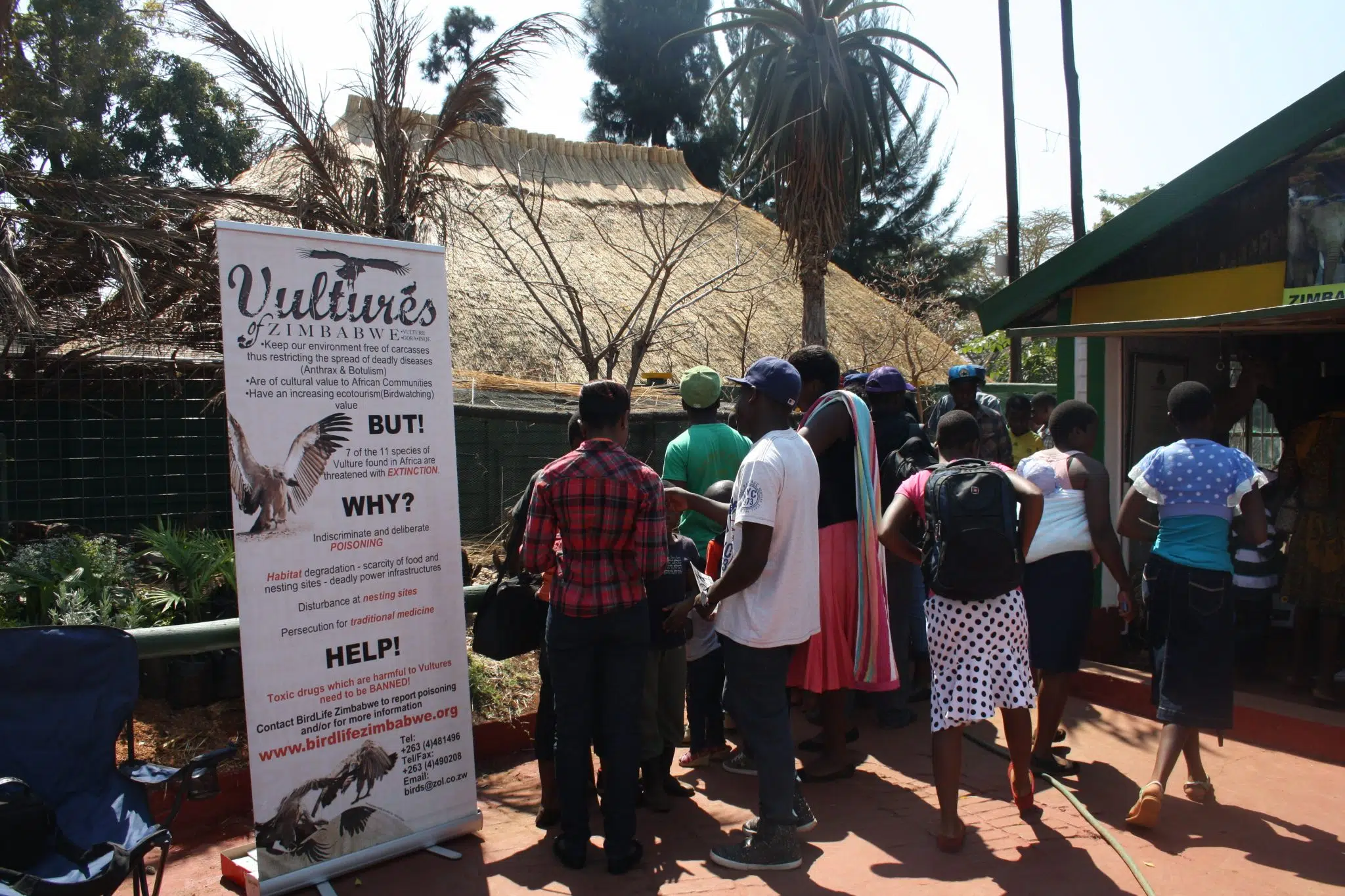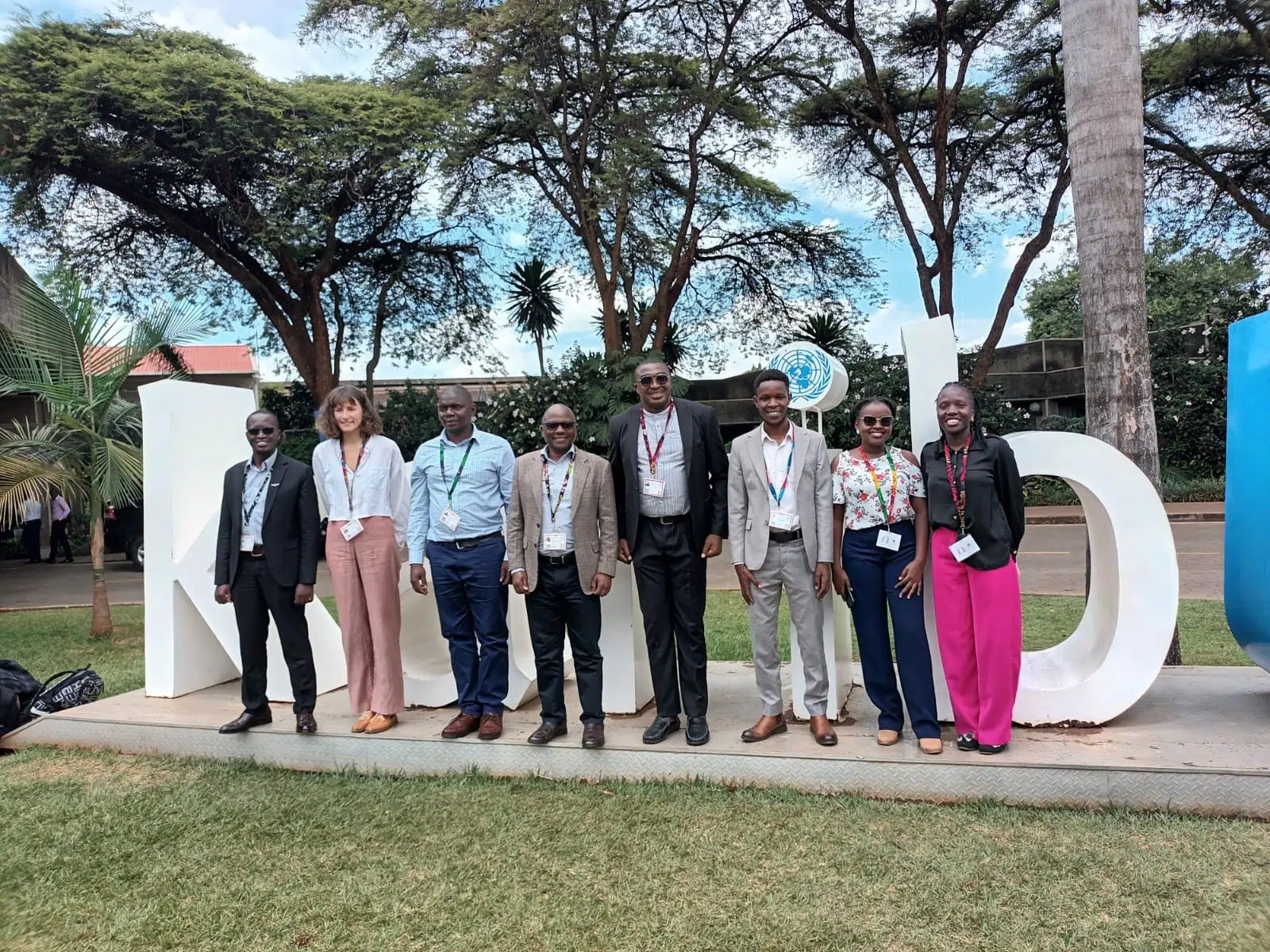By Lewis Kihumba
Forming part of the Ethiopian Highlands in Southern Ethiopia is the Liben Plain, an Important Bird and Biodiversity Area. These plains hold one of only two known populations of the Critically Endangered Liben Lark Heteromirafra archeri, one of the oldest species of lark in the world, with only 50 to 100 individuals surviving today. Over the years, the Liben Plain has seen numerous human pressures. Population growth, overgrazing, in addition to drought and soil erosion among others, has meant that only a small fraction of the grasslands remain, much of it degraded. In turn, this has led to the fragmentation of the Liben Lark’s habitat, splitting populations from each other and putting additional pressure on this bird.
In 2015, Birdlife International, RSPB, Ethiopia Wildlife and Natural History Society (BirdLife Partner) and SOS Sahel Ethiopia, embarked on a three year project to save the Liben Lark. The Darwin funded project helped local communities create four communally managed grasslands reserves known as kallos across the plain. The kallos managed by local pastoralists’ communities, would serve as fodder for livestock during the dry season. Most importantly, the kallos would provide suitable breeding and foraging for the lark during the two wet seasons locally known as Ganna and Hagaya.
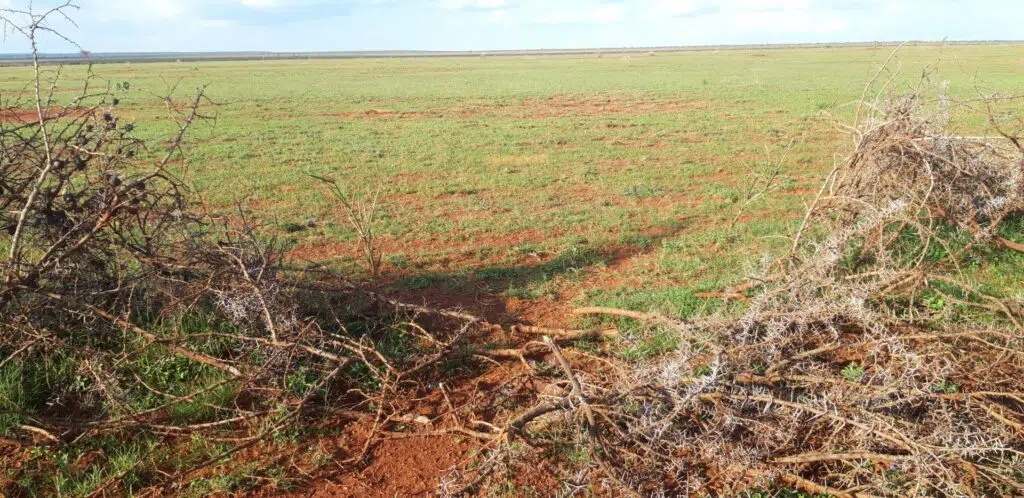
In addition to supporting the pastoralism activities, the project was also designed to help vulnerable households to diversify their livelihoods from extensive pastoralism and therefore reduce their needs and pressure on grasslands. A savings and credit co-operative was formed with four village level Community Based Organizations (CBOs). Currently, the co-operative has over 100 members and training is being provided.
The project had mixed results at the start. Between 2015 and 2017, severe drought in southern Ethiopia coupled with political instability negatively impacted the kallos. In 2018, when the project was due to come to an end, the reserves experienced an upturn following good rains in the region. A field trip undertaken by the project partners in the same year, found out that although the kallos were full of lush grass, the number of Liben Lark territories were fewer than envisaged.
There’s still hope though. The birds could have been wiped out due to the drought, but have held on. In 2019, a second survey yielded positive results and found that the number of Liben Larks had increased from 11 to 21 territories, although in a declining range on the plain. The kallos have also been instrumental in supporting local pastoralists, providing 70% of fodder during the drought period to more than 900 households. After the good weather in 2018, two of the existing kallo were extended. “We got relatively good season for grasses and we recommend that kallo maintenance and new kallo establishments continue”, said one community elder.
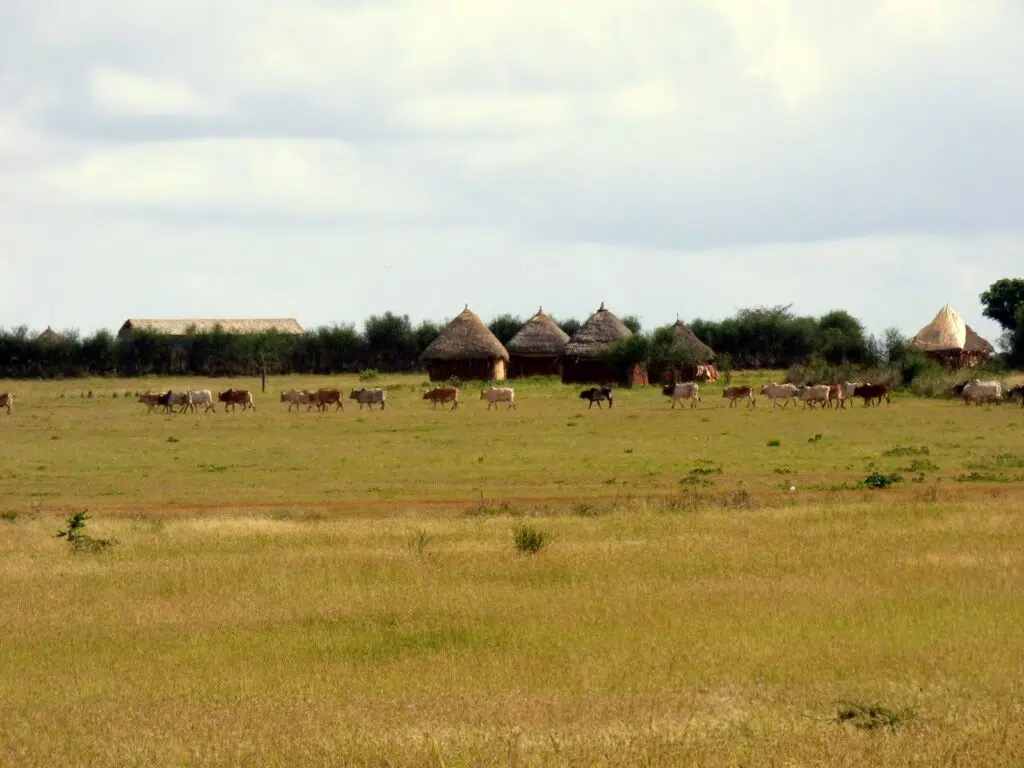
Thankfully, the project has continued beyond 2019 with emergency response funding from RSPB and a grant from the IUCN Save Our Species, co-funded by the European Union. This means that maintenance of these vital kallos protecting both bird and livelihoods, can continue. While sustainable land management of the Liben Plains has been initiated, focus is now on long term solutions which will build on these conservation efforts to halt degradation of the Liben Plain and thus save mainland Africa’s first bird threatened with extinction.
This publication was produced with the financial support of the European Union through IUCN Save Our Species. Its contents are the sole responsibility of BirdLife International, RSPB, Ethiopian Wildlife and Natural History Society and SOS Sahel, and do not necessarily reflect the views of IUCN or the European Union.
Stay up to date
Sign up to receive the latest bird conservation news. You’ll also receive updates about our projects, science and other ways to get involved including fundraising.
Thank you for your support, we are committed to protecting your personal information and privacy. For more information on how we use your data, please see our Privacy Policy. You can unsubscribe from emails at any time by using the link in the footer of any email from us.


By Faisal Elias and Lewis Kihumba
As the world reels from the COVID-19 pandemic, the issue of nature is increasingly coming to the forefront. Climate change is re-entering the public consciousness as the other big issue the globe is grappling with. Non-renewable energy sources currently account for more than 80% of the world’s energy supply, and due to the carbon dioxide and other greenhouse gases produced when they burn, they are major diivers of climate change. According to the Intergovernmental Panel on Climate Change (IPCC), fossil fuels contributed 89% of the world’s global CO2 emissions in 2018. Consequently, the world is increasingly moving towards renewable energy sources, with a significant uptake in Africa over the last 20 years.
In Ghana, renewable energy is a rapidly-growing industry, with major sources including wind, hydropower and solar energy. As demand increases, the country urgently needs to balance these developments with protecting biodiversity. Statistics indicate that millions of birds are killed every year due to negative interactions with energy developments, for example electrocution, collision and the destruction of habitats. Wind turbines and power lines may also act as barriers to the movement of some migratory birds, and to birds moving between different sites for breeding, feeding and resting. These interactions also have a negative effect on the power providers and the economy, as they cause power outages and high maintenence costs. Other negative impacts of these developments include displacement from feeding, nesting and roosting areas, and habitat degradation.
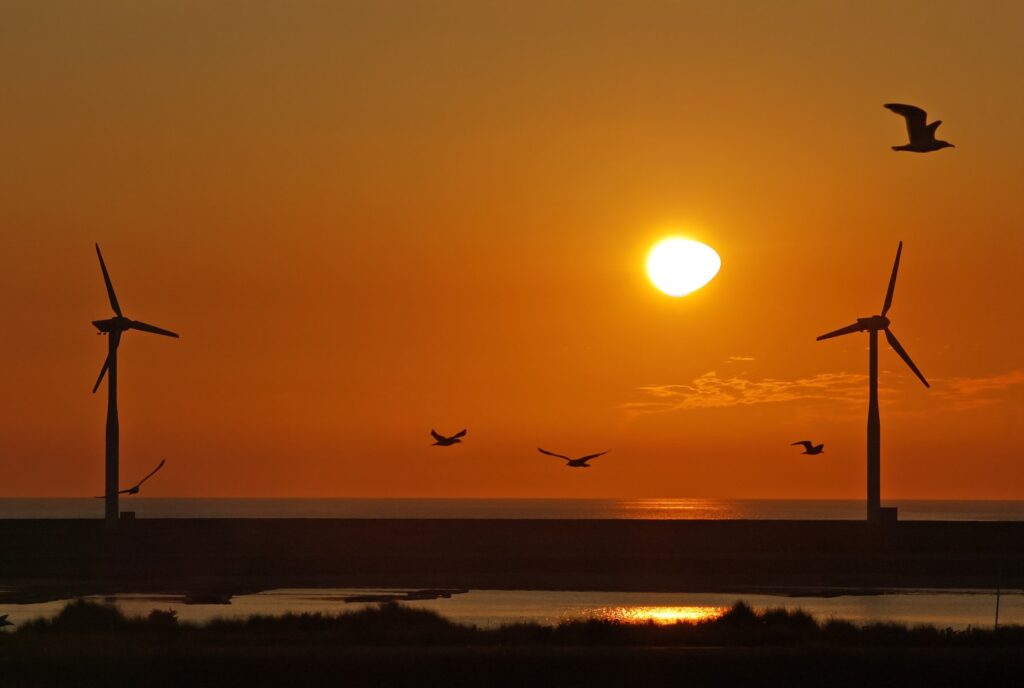
Consequently, it is vital to develop a policy framework to guide these developments. The Ghana Wildlife Society (GWS, BirdLife Partner) has developed a position statement on the deployment of renewable energy programmes and projects, in line with the country’s aspirations.
Ghana’s wind energy infrastructure is currently being installed in areas close to the coastline and wetlands, including areas recognized as Ramsar sites and Important Bird & Biodiversity Areas (IBAs). Consequently, much work is needed to safeguard biodiversity amidst these developments. World over, several tools have been developed to ensure that these energy developments are located in suitable areas, thus minimizing risk to birds.
For example, BirdLife has developed a sensitivity map for vulnerable species and sites, which can be instrumental in the planning of energy developments. Environmental assessment tools such as Strategic Environmental Assessments (SEAs) and Environmental Impact Assessments (EIAs) are critical in mapping out potential impact areas for biodiversity at strategic and site-specific levels.
Ghana’s EIA guidelines for the energy sector should be reviewed to reflect current trends, realities and findings from SEAs on the renewable energy sector in the country. With regards to existing energy infrastructure, windfarms and power lines should be monitored regularly and their impact on birds and biodiversity evaluated at the national scale.
The effectiveness of mitigation measures in place to minimise impacts on birds’ populations also need to be assessed. National legislation and policies, such as the Renewable Energy Act, 2011 (Act 832), the Environmental Assessment Regulations, 1999 (L.I. 1652), the EIA Guideline for the Energy Sector, the National Energy Policy, and the Strategic National Energy Plan (2006-2020), should be updated and enforced. Most importantly, involvement of stakeholders in the energy sector, including public and private institutions, will be critical in initiating dialogue on this issue. GWS will continue engaging with stakeholders in the sector to ensure that biodiversity considerations are taken into account in the development of Ghana’s renewable energy sector.
Latest news from Africa
Stay up to date
Sign up to receive the latest bird conservation news. You’ll also receive updates about our projects, science and other ways to get involved including fundraising.
Thank you for your support, we are committed to protecting your personal information and privacy. For more information on how we use your data, please see our Privacy Policy. You can unsubscribe from emails at any time by using the link in the footer of any email from us.


By Elena Serra Sánchez & Lewis Kihumba
In rural Uganda, Clementine, a local Mutwa leader, is amidst a group of women planting bamboo in Echuya Forest Reserve, a Key Biodiversity Area in south western Uganda. Clementine is one of the beneficiaries of the Critical Ecosystem Partnership Fund (CEPF) funded Community Restoration of Bamboo (CORB) project, implemented by KIWOCEDU (the Kigezi Initiative for Women, Children, Empowerment, and Development- Uganda). From 2012 – 2020, CEPF ran a programme to protect biodiversity in the Eastern Afromontane biodiversity hotspot, one of the world’s 36 biodiversity hotspots.
The Eastern Afromontane biodiversity hotspot covers an area of over one million square kilometers, stretching more than 7,000 kilometers from Saudi Arabia and Yemen in the Middle East, to Zimbabwe and Mozambique in southern Africa. It encompasses Mt. Kilimanjaro, the highest mountain in Africa rising 5,895 meters above sea level, as well as expansive freshwater catchment areas and myriad terrestrial habitats.
Covering such distances and altitudes, the hotspot is home to a variety of unique ecosystems and species. Nearly 7,600 plants and 500 mammal species can be found here, of which more than 2,350 plants and 100 mammals are endemic, including the endangered Mountain Gorilla Gorilla beringei beringei. Furthermore, 1,300 bird species, out of which 110 are endemic, such as the Long-billed Forest-warbler Artisornis moreaui (Critically Endangered), found in the East Usambara Mountains in north-eastern Tanzania, and the Taita Apalis Apalis fuscigularis (Critically Endangered) ,endemic to Kenya’s Taita Hills are found in this rich biodiversity zone. The hotspot also provides numerous ecosystem services benefitting millions of people.
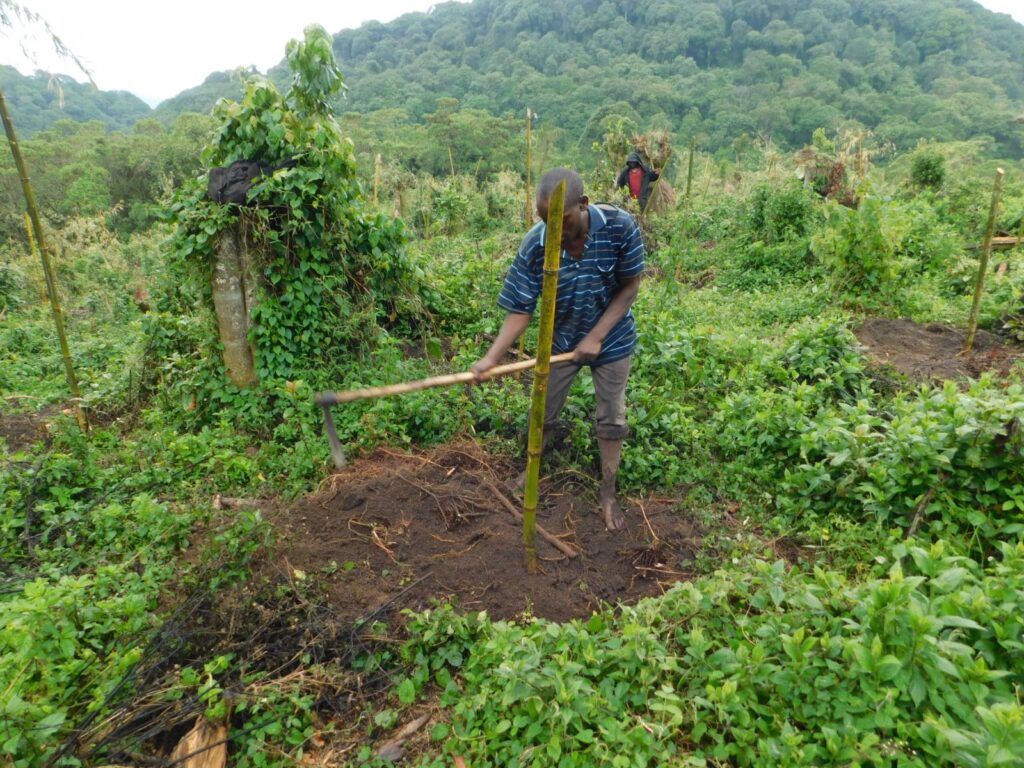
The region also has some of the highest poverty levels in the world, in part driven by unsustainable development models across countries. Degradation, fragmentation of habitats and unsustainable exploitation of natural resources are some of the key threats to biodiversity in the region.
It is against this background that the Critical Ecosystem Partnership Fund (CEPF) started investing in this hotspot, to enable civil society to protect their unique biodiversity. The programme was carried out in 14 countries and funded to the tune of USD 12 million, running from 2012 to 2020, with BirdLife International, supported by the Ethiopian Wildlife and Natural History Society (BirdLife Partner) and the International Union for the Conservation of Nature (IUCN), as the Regional Implementation Team (RIT). This team facilitated this investment through grants to civil society groups who implemented a range of local, national and regional projects.
A Conservation Standard
The focus of the investment was to enhance the protection of 310 Key Biodiversity Areas (KBAs) that had been identified within the region. KBAs are terrestrial, freshwater and marine ecosystems that contribute significantly to the global persistence of biodiversity. KBA classification stipulates that sites meet one or more of 11 criteria clustered info five categories namely geographically restricted biodiversity, threatened biodiversity, ecological integrity, biological processed and irreplaceability. Designation of a site as a KBA increases advocacy profiles of the site thus making a stronger case for protection of the site.
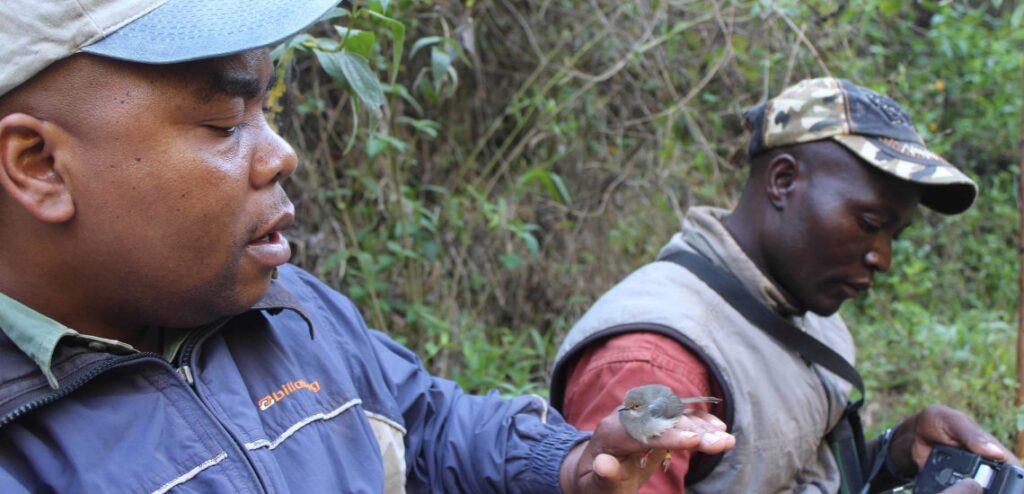
“The KBA standard is a focal point for global conservation action. It replaces, or encompasses, a number of different types of designations, and it has been very useful to have one, agreed, ‘label’ for those sites that need to be protected in the Eastern Afromontane biodiversity hotspot”, highlights Maaike Manten, the RIT leader.
As the KBA standard is a relatively new concept, RIT took the opportunity to train conservationists across the hotspot on this standard. One example of successful trainings was a two-day workshop organized by BirdLife in 2019. The workshop held in Ethiopia, brought together participants from various regions in Ethiopia. The training focused on understanding the process of proposing KBA sites, including a site monitoring session, to initiate discussions on setting up a KBA National Coordination Group in Ethiopia.
“KBA is a strong global advocacy tool for site conservation. As KBAs identify key sites for global biodiversity conservation, any threat to wildlife within a KBA will be automatically understood as a threat to global wildlife preservation. Due to the global importance placed on KBAs, stronger cases can be made for fundraising for conservation action at these sites”, explains Samuel Temidayo Osinubi, Conservation Programs Coordinator at BirdLife Africa.
“Besides, KBAs can support the strategic expansion of protected area networks by governments and civil society, and they can also serve to identify sites under international conventions, such as the Convention on Biological Diversity or the Ramsar Convention,” adds Temidayo.
Reaping The Benefits
The Misuku Hills in Malawi, were listed in the CEPF investment strategy as a priority KBA. At this KBA, a CEPF funded project implemented by the Action for Environmental Sustainability (AfES) from July 2014 to March 2017 has had a tremendous impact on forest conservation efforts. Additionally, the project has improved economic fortunes of local communities through sustainable agricultural practices and pooling of resources through formation of village banks.
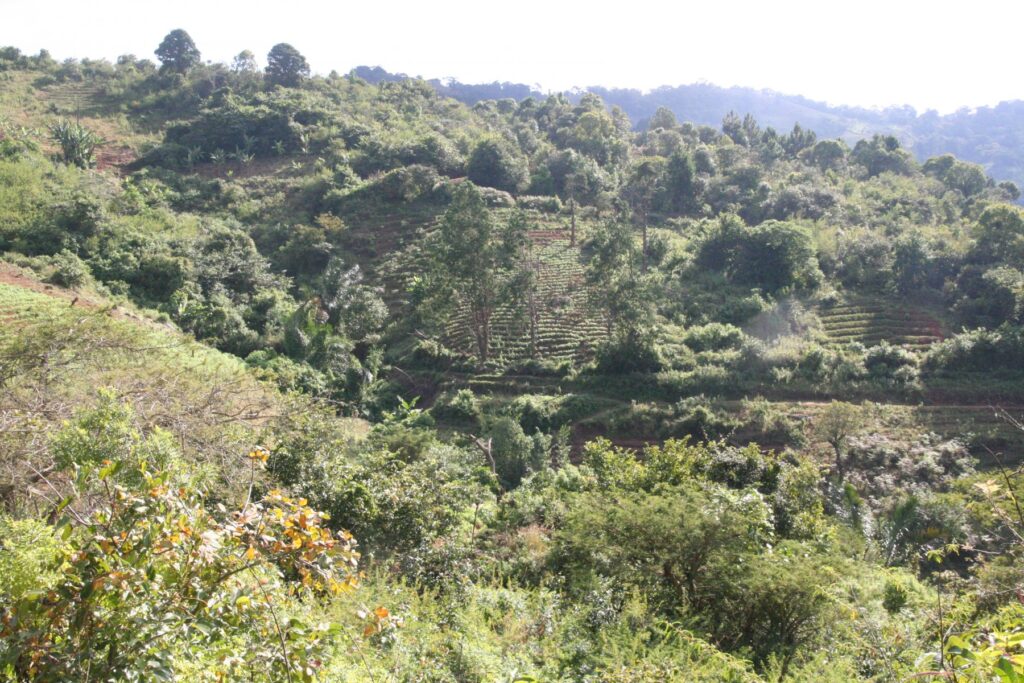
“Despite the project ending, a lot of activities are still continuing to date including 25 Village Savings and Loan Associations (also known as VSLAs or village banks) with about 453 members. The village banks have positively impacted local communities’ livelihoods in many ways, for example, one group is able to save an average amount equivalent to $1110 per year. The village bank funds are then used to provide small loans to its members for starting up small scale businesses which have resulted in improved income for the members”, notes Elton Kunjirima, AfES field officer.
“These funds have been used for worthwhile activities including assisting the members’ farm inputs and equipment and also supporting orphans. Village bank members are using the loans to establish businesses including selling bananas and other farm products in addition to making sieves. The members of the village banks are also engaging in conservation activities, acting as volunteer local guards and planting trees in the village forests,” concludes Agnes Kanyika a village bank member.
Other types of conservation action at KBAs included management planning; designation as (community) protected areas; the application of safeguards such as Environmental Impact Assessments; Payment for Ecosystem Services agreements; and the development of ecotourism products. In total, 83 KBAs across 13 countries benefited from targeted conservation at activities in the Eastern Afromontane hotspot.
“The CEPF Eastern Afromontane programme is over, but this does not mean the end of conservation efforts in the hotspot. Local communities been supported and trained over the years so that they can develop sustainable conservation projects autonomously over time. I am convinced that we will see many KBAs that are better managed and protected, in the Eastern Afromontane Hotspot in coming years”, concludes Maaike.
Latest news from Africa
Stay up to date
Sign up to receive the latest bird conservation news. You’ll also receive updates about our projects, science and other ways to get involved including fundraising.
Thank you for your support, we are committed to protecting your personal information and privacy. For more information on how we use your data, please see our Privacy Policy. You can unsubscribe from emails at any time by using the link in the footer of any email from us.


